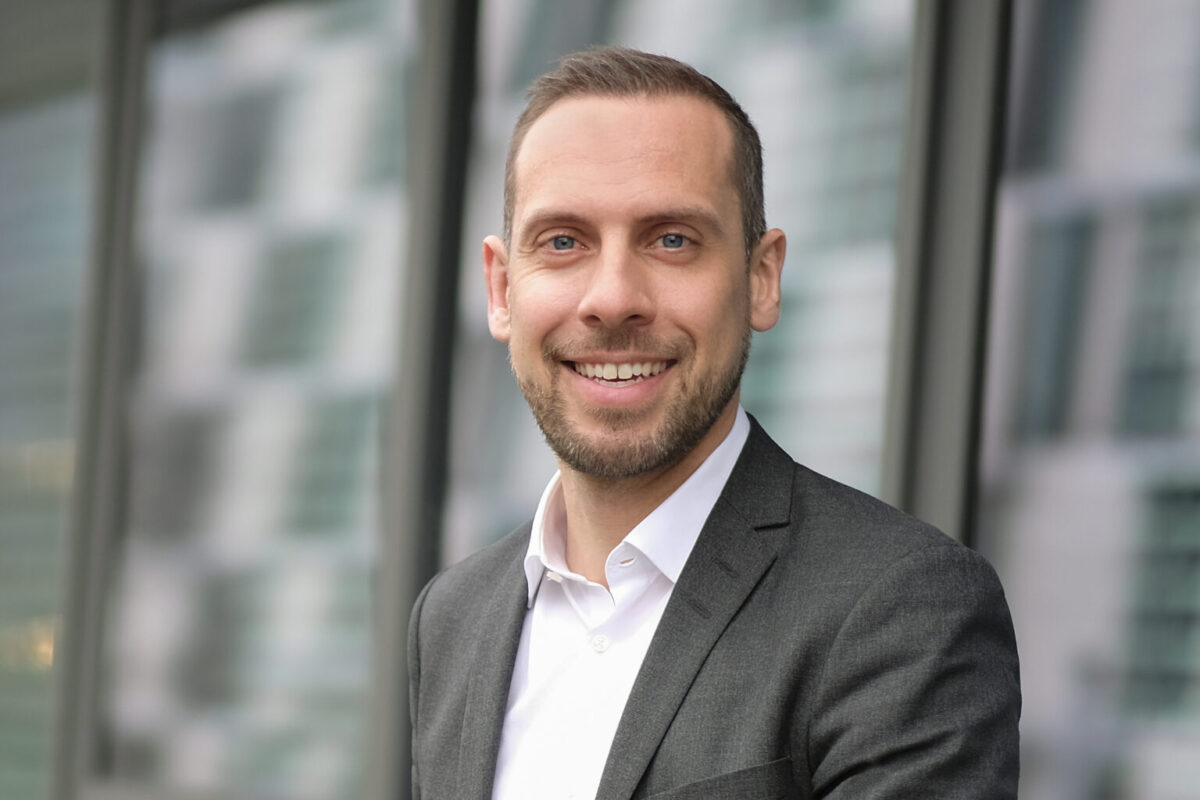Statkraft said it sees a lot of momentum in the hydrogen space across Europe, but “few actual investment decisions so far as the EU regulatory challenges are complicating the development.” The Norwegian company has proposed a number of “clarifications” to current legislation, underscoring the importance of “improving electrolysis economics” by using diversified renewable energy portfolios instead of single renewable assets.
Statkraft said the full-load hours for solar are between 800 to 2,000 hours per year, depending on where projects are in Europe.
“But this doesn’t mean that one can use the full generation of a solar plant for a hydrogen plant, as it would require massive over-sizing of your hydrogen plant, which would not be economic,” said Norway’s largest energy producer. “In our view, hydrogen projects should be able to tap into different renewable energy sources.”
When mixing onshore wind and solar, the situation reportedly improves.
“Combining single onshore wind and solar plants improve the utilization rate of the electrolyser to up to 60%, but it would still result in 20% excess production,” said Kornek.
According to Statkraft, hydropower from large reservoirs is the closest to a cost-competitive power source that can be derived as a stable 24/7 baseload supply over most of the year.
“In Scandinavia, where power markets are already largely carbon-free, hydrogen projects can tap into existing hydropower,” said Kornek.
This content is protected by copyright and may not be reused. If you want to cooperate with us and would like to reuse some of our content, please contact: editors@pv-magazine.com.








By submitting this form you agree to pv magazine using your data for the purposes of publishing your comment.
Your personal data will only be disclosed or otherwise transmitted to third parties for the purposes of spam filtering or if this is necessary for technical maintenance of the website. Any other transfer to third parties will not take place unless this is justified on the basis of applicable data protection regulations or if pv magazine is legally obliged to do so.
You may revoke this consent at any time with effect for the future, in which case your personal data will be deleted immediately. Otherwise, your data will be deleted if pv magazine has processed your request or the purpose of data storage is fulfilled.
Further information on data privacy can be found in our Data Protection Policy.